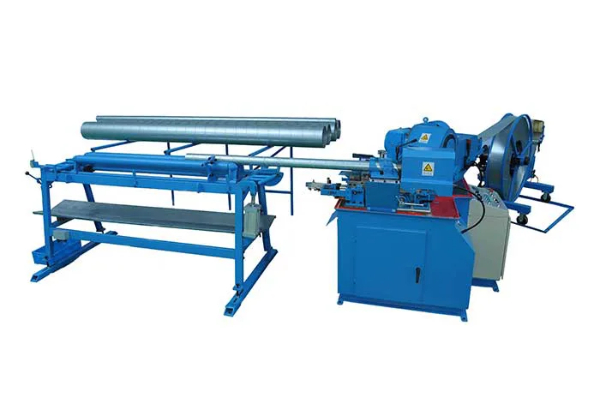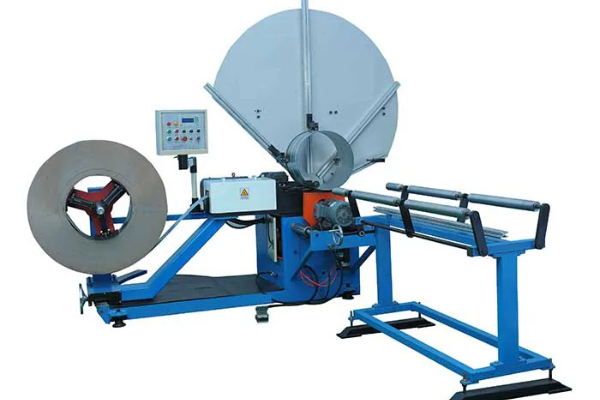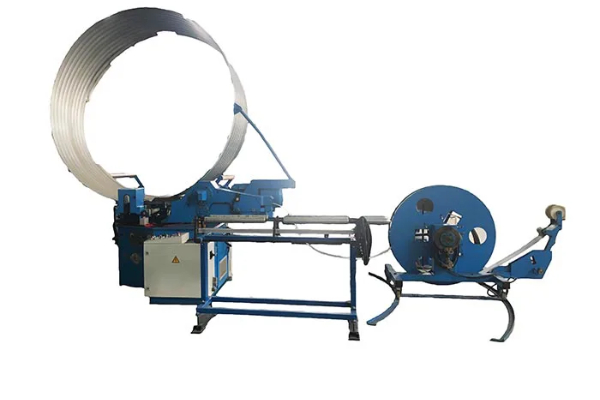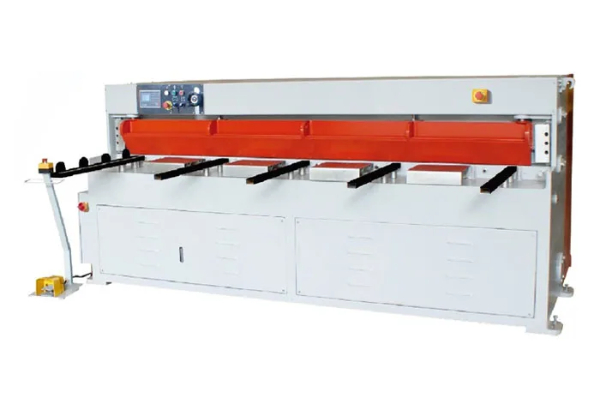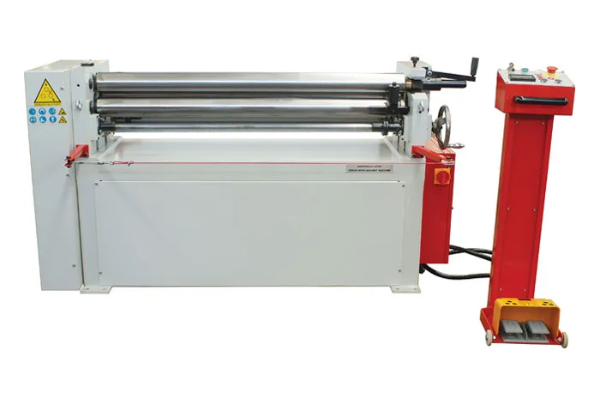
Sheet Metal vs. Plate Rolling- Differences and Applications
- By:Metmac
- 2024-07-05
- 81
Sheet metal and plate rolling are two common metalworking processes used to shape and form metal sheets and plates. Both processes involve applying pressure to the metal to bend it, but they differ in the thickness of the metal and the equipment used.
Material Thickness
The primary difference between sheet metal and plate rolling is the thickness of the metal used. Sheet metal is typically thinner than 6 mm (0.25 inches), while plate is thicker than 6 mm (0.25 inches). This difference in thickness affects the type of equipment and techniques used for rolling.
Equipment
Sheet metal rolling is typically performed on a sheet metal rolling machine, which consists of two or more rollers that pass the sheet metal through to bend it. Plate rolling, on the other hand, requires a plate rolling machine, which is more robust and designed to handle thicker metal. Plate rolling machines typically have three rollers, with the top roller being movable to adjust the bending radius.
Applications
Sheet metal and plate rolling are used in various applications across industries. Sheet metal is commonly used in the fabrication of ducts, roofing, automotive body panels, and appliances. Plate rolling, due to its ability to handle thicker metal, is used in the construction of bridges, ships, pressure vessels, and machinery.
Benefits of Sheet Metal Rolling
Can create complex shapes with tight bends
More versatile than plate rolling
Suitable for thinner materials
Cost-effective for small-scale projects
Benefits of Plate Rolling
Can handle thicker materials
Produces large, curved shapes
Ideal for heavy-duty applications
Provides structural strength and durability
In conclusion, sheet metal and plate rolling are distinct metalworking processes used for different applications based on the thickness of the metal. Sheet metal rolling is suitable for thinner materials and smaller-scale projects, while plate rolling is ideal for thicker materials and heavy-duty applications. By understanding the differences between these processes, manufacturers can choose the most appropriate one for their specific needs.
-
Advanced Duct Machine AC and Fabrication Solutions from Metmac
2025/07/12 -
The Advantages of Using a Sheet Roll Forming Machine in Manufacturing
2024/09/14 -
How to Optimize Your Laser Sheet Cutting Machine for Maximum Performance
2024/09/12 -
How to Maximize Efficiency with Modern Sheet Metal Working Machines
2024/09/04
-
High-Precision Duct Forming, Cutting, and Bending Machines by Metmac
2025/07/12 -
Efficient Duct Board Cutter and HVAC Duct Machines for Sale by Metmac
2025/07/12 -
Efficient Laser Cutting Machines for Steel Plate and Sheet Metal Fabrication
2025/07/03 -
Versatile Sheet Metal Machinery for Precision Fabrication
2025/07/03
-
A Guide to the Latest Innovations in Sheet Metal Folding Machines
2024/11/29 -
Key Features to Consider When Investing in a Sheet Metal Folding Machine
2024/11/28 -
Enhancing Precision with Advanced Sheet Metal Folding Machines
2024/11/27 -
How to Choose the Right Sheet Metal Folding Machine for Your Workshop
2024/11/26
